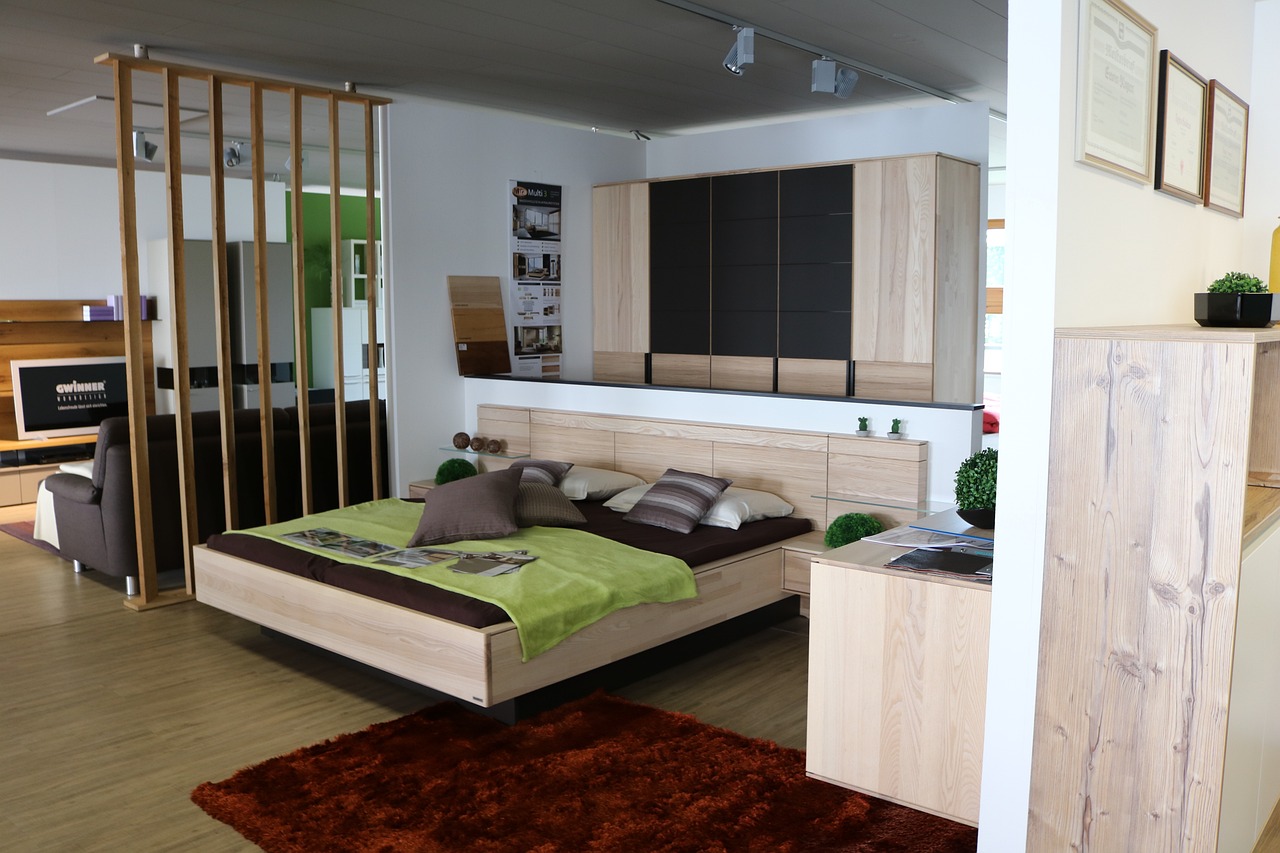Practical Home Organizing Methods: Where to Start and Creative Solutions for Small Spaces
Overwhelmed by clutter and unsure where to begin? Creating an organized home doesn't require drastic changes; just take the first step. This practical guide reveals a gentle yet effective tidying method for effortlessly achieving lasting cleanliness. Find the best room to start organizing, learn how to organize without major decluttering, and discover clever ways to properly handle keepsakes. The article provides clear ideas and actionable steps to create a peaceful, tidy, and lasting home.

Creating an organized home requires more than just enthusiasm—it demands a strategic approach that considers your lifestyle, space constraints, and personal attachment to belongings. Whether you live in a spacious house or a compact apartment, effective organizing principles remain consistent while adapting to your unique circumstances.
How to Start Organizing Your Home Before Christmas
The holiday season provides excellent motivation for tackling home organization projects. Begin by selecting one manageable area rather than attempting to reorganize your entire home simultaneously. Focus on high-traffic zones like entryways, living rooms, or kitchen counters where clutter accumulates quickly. Create a realistic timeline that accounts for holiday preparations, allowing yourself several weeks rather than rushing through the process in days. Gather essential supplies including storage containers, labels, cleaning materials, and trash bags before starting. Designate specific zones for different categories: items to relocate to proper rooms, things requiring repair, donations, and genuine trash. This systematic approach prevents the common mistake of simply moving clutter from one location to another without addressing underlying organizational issues.
Practical Methods for Organizing Without Throwing Things Away
Many organizing philosophies emphasize aggressive decluttering, but sustainable organization can occur without discarding cherished possessions. Start by implementing vertical storage solutions that utilize wall space through floating shelves, pegboards, or hanging organizers. Invest in furniture pieces that provide hidden storage, such as ottomans with interior compartments, beds with built-in drawers, or coffee tables featuring lower shelves. Use clear containers to store seasonal items, making contents visible while protecting them from dust and damage. Rotate decorative items and clothing seasonally, keeping only current-season pieces accessible while storing others neatly. Create designated homes for every category of belongings, ensuring items return to specific locations after use. This method maintains order without requiring you to part with functional or meaningful possessions that simply need proper storage systems.
Creative Space Utilization Solutions for Small Apartments
Small living spaces demand innovative thinking to maximize every square inch effectively. Install tension rods inside cabinets to create additional shelving levels for dishes, cleaning supplies, or pantry items. Utilize the backs of doors with over-the-door organizers for shoes, accessories, cleaning tools, or bathroom products. Consider furniture that serves multiple purposes, such as dining tables that fold against walls, Murphy beds that disappear into cabinets, or desks that convert into dining surfaces. Implement under-bed storage using rolling containers or vacuum-sealed bags for out-of-season clothing and linens. Mount magnetic strips in kitchens for knife storage or in bathrooms for metal grooming tools, freeing valuable drawer space. Use corner spaces often overlooked by installing corner shelving units or lazy susans in cabinets. Hang bicycles, sports equipment, or musical instruments on wall-mounted hooks to reclaim floor space while keeping items accessible.
Organizing Clutter Without Throwing Things Away
Maintaining possessions while controlling clutter requires thoughtful categorization and containment strategies. Group similar items together in labeled containers, making retrieval simple and preventing duplicate purchases. Implement the one-in-one-out rule for categories prone to accumulation, such as books, clothing, or kitchen gadgets. Digitize paper documents, photographs, and children’s artwork to preserve memories without physical storage demands. Use drawer dividers and small containers within larger storage spaces to prevent items from becoming jumbled messes. Create a holding zone for items you’re uncertain about discarding, revisiting this collection quarterly to reassess whether you’ve needed or missed these belongings. Establish daily habits like the ten-minute tidy, where family members spend brief periods returning items to designated locations before clutter accumulates.
How to Decide What to Keep and What to Discard During Home Organizing
Making intentional decisions about belongings prevents both excessive hoarding and regrettable purging. Evaluate each item using specific criteria: functionality, frequency of use, condition, and emotional significance. Keep items used within the past year or those serving specific seasonal purposes. Assess whether belongings duplicate functions already served by other possessions you prefer. Consider whether keeping an item aligns with your current lifestyle rather than an idealized version of yourself. For sentimental objects, photograph items before releasing them to preserve memories without physical storage. Ask whether you would purchase the item again today at full price if you didn’t already own it. Be honest about repair projects—if you haven’t fixed something within six months, you likely won’t. Grant yourself permission to release gifts that don’t suit your needs, remembering that gifts fulfill their purpose in the giving moment. When uncertain, box questionable items with a date label; if you haven’t retrieved anything within six months, donate the unopened box without reviewing contents.
Maintaining Long-Term Organization Success
Sustainable organization requires ongoing maintenance rather than one-time overhauls. Schedule brief weekly reviews of common clutter zones, addressing small messes before they become overwhelming projects. Involve all household members in maintaining systems, ensuring everyone understands where items belong. Adjust organizational systems as life circumstances change, recognizing that strategies effective for one season may need modification later. Celebrate progress rather than pursuing perfection, acknowledging that lived-in homes naturally accumulate some daily disorder. Regularly reassess storage solutions, upgrading or modifying systems that aren’t functioning effectively. Remember that organization serves to enhance daily life rather than creating museum-like spaces that feel unwelcoming or stressful to maintain.



